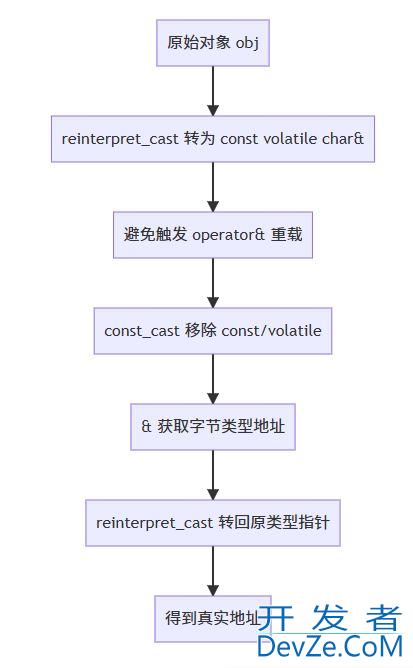Python自动连接已保存WiFi的实现方案
目录
- 一、核心方法选择
- 二、Windows系统实现方案
- 方法1:使用pywifi库(推荐)
- 方法2:调用netsh命令
- 三、关键注意事项
- 四、常见问题解决
- 五、扩展功能
一、核心方法选择
根据系统环境选择最佳方案:
- Windows系统:优先使用
pywifi库或netsh命令 - linux系统:推荐
nmcli命令或wifi库 - MACOS系统:需结合
CoreWLAN框架
二、Windows系统实现方案
方法1:使用pywifi库(推荐)
import pywifi
from pywifi import const
import time
def connect_saved_wifi(ssid):
wifi = pywifi.PyWiFi()
iface = wifi.interfaces()[0] # 获取第一个无线网卡
# 断开当前连接
iface.disconnect()
time.sleep(1)
# 创建配置文件(密码已保存在系统)
profile = pywifi.Profile()
profile.ssid = ssid
profile.auth = const.AUTH_ALG_OPEN
profile.akm.append(const.AKM_TYPE_wpA2PSK)
profile.cipher = const.CIPHER_TYPE_CCMP
# 清理旧配置并连接
iface.remove_all_network_profiles()
tmp_profile = iface.add_network_profile(profile)
iface.connect(tmp_profile)
# 等待连接完成
time.sleep(5)
return iface.status() == const.IFACE_CONNECTED
# 使用示例
if __name__ == "__main__":
target_ssid = "Your_WiFi_SSID"
if connect_saved_wifi(target_ssid):
print(f"✅ 成功连接到 {target_ssid}")
else:
print(f"❌ 连接 {target_ssid} 失败,请检查网络设置")
方法2:调用netsh命令
import subprandroidocess
def connect_saved_network(ssid):
command = f'netsh wlan connect name="{ssid}"'
result = subprocess.run(command, shell=True, capture_output=True, text=True)
if "已连接" in result.stdout:
return True
elif "无法连接" in result.stdout:
print("⚠️ 网络不可用或配置文件不存在")
else:
print(f"错误信息:{result.stderr}")
return False
# 使用示例
target_ssid = "Office_WiFi"
connect_saved_network(target_ssid)
三、关键注意事项
权限要求:
- Windows需以管理员身份运行脚本
- Linux需sudo权限或用户组权限
- macOS需在系统偏好设置中授权
网络配置验证:
# 验证连接状态
def check_connection():
output = subprocess.check_output('netsh wlan show interfaces', shell=True).decode()
if "已连接" i编程n output:
return True
return False
跨平台适配建议:
import platform
system = platform.system()
if system == "Windows":python
# 使用netsh或pywifi
elif system == "Linux":
# 使用nmcli命令
elif system == "Darwin":
# 使用CoreWLAN框架
四、常见问题解决
连接失败处理:
- 检查SSID是否正确
- 验证网络配置文件是否存在:
netsh wlan show profiles - 重启WLAN服务:
netsh winsock reset
性能优化:
# 添加超时重试机制
for attempt in range(3):
if connect_saved_wifi(ssid):
break
time.sleep(5)
安全提示:
- 避免在代码中硬编码密码
- 使用环境变量存储敏感信息
- 定期更新库版本保持兼容性
五、扩展功能
自js动选择最佳信号:
def select_best_network():
scan_results = iface.scan_results()
best_network = max(scan_results, key=lambda pythonx: x.signal)
return best_network.ssid
定时自动连接:
# Windows任务计划程序配置 # 创建.BAT文件调用python脚本 # 设置触发器为开机启动或定时执行
多网卡支持:
# 遍历所有无线网卡
for iface in wifi.interfaces():
if iface.name() == "Wi-Fi 2":
target_iface = iface
通过以上方案,可实现跨平台的WiFi自动连接功能。实际部署时建议添加日志记录和异常捕获机制,确保系统稳定性。如遇特殊网络环境,可结合系统API进行深度定制。
以上就是Python自动连接已保存WiFi的实现方案的详细内容,更多关于Python自动连接已保存WiFi的资料请关注编程客栈(www.devze.com)其它相关文章!






 加载中,请稍侯......
加载中,请稍侯......
精彩评论